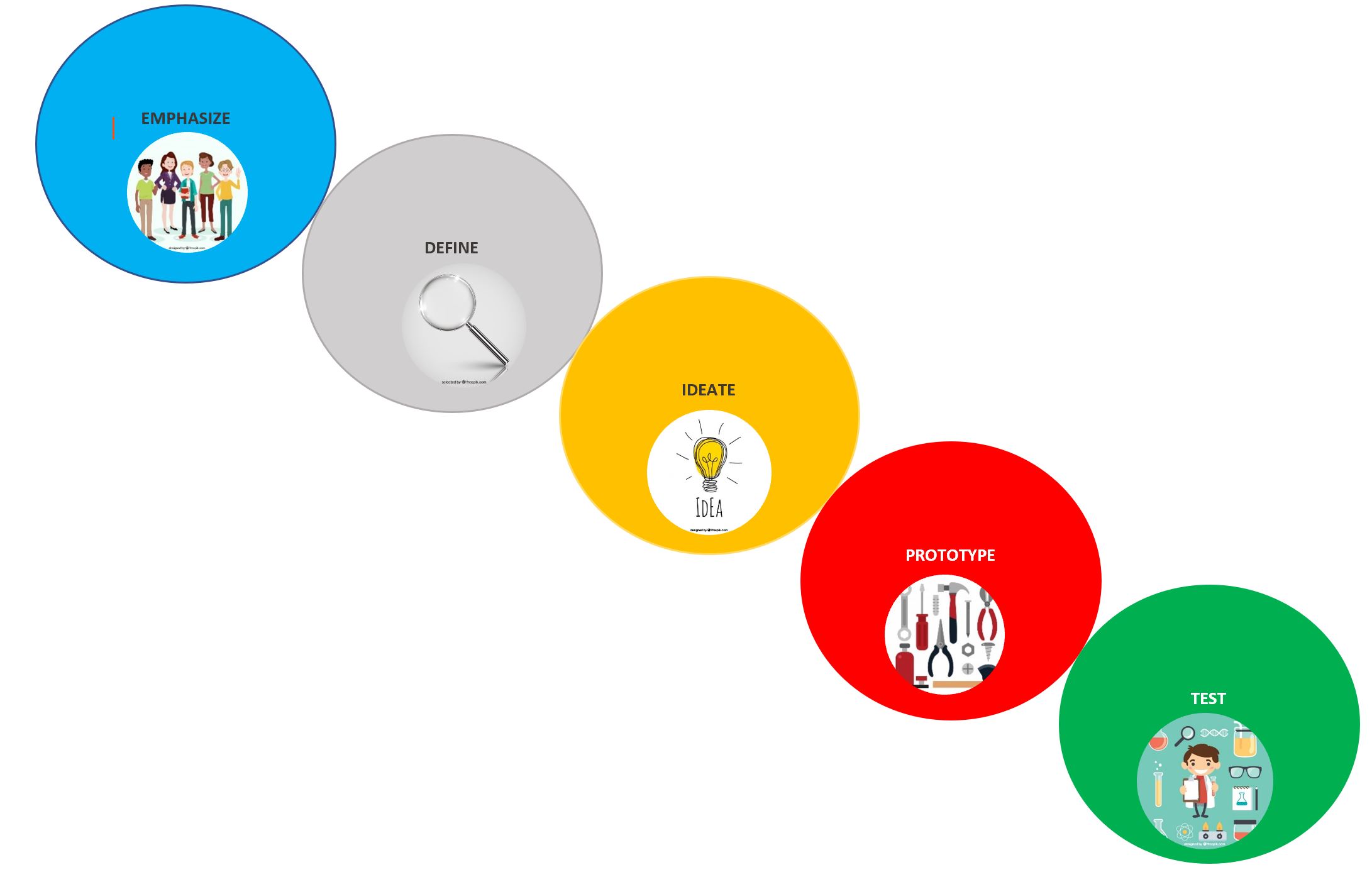3.4 Creative work environment
 If you run a company, please remember, human resources are a very valuable source of innovations.
If you run a company, please remember, human resources are a very valuable source of innovations.
Think about assuring your employees Creative Work Environment[1], which means that you should:
Celebrate your people and their work
Your employee would like you to appreciate their work
Reflect employees’ interests
Employees are different. Their interests can be valuable for new ideas.
Encourage collaboration
When people can meet and talk, thy can come up with many interesting ideas. Organise a space for such meetings.
Respect communication
Be clear about what you want to achieve and communicate with people constantly.
[1] Source: https://www.roberthalf.com/blog/management-tips/7-elements-of-a-highly-creative-work-environment
 Set a tone of risk-taking
Set a tone of risk-taking
Don’t be afraid of taking a smart risk by your employees. It can be your success.
Foster innovation
Inspiration for new innovative ideas are everywhere, sometimes outside your office. Don’t be afraid if your employees look for inspirations in various places.
Promote learning and teaching
Allow your employees to attened various trainings and workshop. This is new knowledge for your organization
Sources of innovations
- Consumers
- Existing enterprises
- Distribution channels
- Government decisions
- Research and development
Source: Hisrich R.H., Peters M.P. and Shepherd D.A., (2010), Entrepreneurship 8th edition by, Mc Graw Hill Irwin,
Seven areas of opportunity for innovation
- Unexpected successes and failures
- Incongruities between reality and the imagination about it
- Process needs
- Industry and market change
- Demographic changes
- Changes in perception and meaning
- New knowledge
Source: Drucker P. (1985) Innovation and Entrepreneurship, Routlage
 Look around you. Everywhere you notice a need for change, there can be an opportunity for you to introduce frugal innovations.
Look around you. Everywhere you notice a need for change, there can be an opportunity for you to introduce frugal innovations.
As N. Radiou (video presented in Module 1) said, for frugal innovators “street is the lab”.
 People on the street, you friends, your family, your colleagues – they all have some expectations or struggle with some problems. They can inspire you for developing frugal innovations.
People on the street, you friends, your family, your colleagues – they all have some expectations or struggle with some problems. They can inspire you for developing frugal innovations.
Do not worry about obstacles.
Constraints are no longer a disadvantage!
They can inspire you.
Design thinking
A very popular approach of creative problem solving comes from the designers’ world. Design thinking is a method based on strategies used by designers during the process of designing. It is not as systematic as typical process of problem solving. It reflects the iterative and parallel nature of design.
It mixes a heart, head and hand approach, which means that the problem solving should start with emotions and needs, then transfer into a process of ideation, to be finished with the tangible creation by hand.
Did you know that:
breaking down the silos is very important for an effective design thinking.
It means that traditional division into departments (financial, marketing, strategy etc.) should not exist while using the design thinking.
Your accountant can as helpful as a graphic designer while using design thinking.
Steps of design thinking

Research as an inspiration
One can say that it is too obvious that marketing research can bring valuable knowledge and show directions for new innovative solutions. But they are also very expensive which is in contrast to frugal solutions. What instead?
You can conduct your own research, which can cost you nothing or very little money comparing to marketing research conducted on representative sample.
Type of frugal research:
Desk research
How to conduct research?
Analyze: websites, newspapers, blogs, magazines, books, analysis, research papers, data bases, reports in order to gain knowledge about trends, new solutions, market needs.
What is needed
Internet connection, computer, books, newspapers, magazines or subscription to on-line versions of newspapers and magazines
Cost
Related to Internet fee, subscription fee.
How to reduce costs:
Use public libraries and get magazines, books and access to some database for free.
Examples of sources
Business
Innovation Observatory Eurostat
World Bank
OECD
Type of frugal research:
Quantitative research
How to conduct research?
Collect information based on the answers from a questionnaire.
The more respondents the better.
Survey should be anonymous.
What is needed
A computer and a printer.
or
A computer and Internet connection to create on-line survey.
Cost
Paper and tonner to print questionnaires.
How to reduce costs:
Use on-line tools enabling collecting and analyzing of data.
Examples of sources
Survey Monkey
GoogleForms
Type of frugal research:
Qualitative research
How to conduct research?
Collect information based on interviews (previously prepared questions).
What is needed
Recorder if you conduct long interviews or high amount of interview.
Cost
Recorder
How to reduce costs?
Use you mobile phone app.
Type of frugal research:
Observation
How to conduct research?
Observe people on the streets, at work, your family, friends, colleagues from work, neighbors.
What is needed
Your curiosity
Cost
No cost

